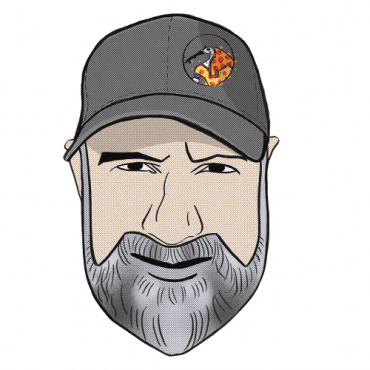Compulsion Loops
- Edwin McRae
I’ll let Andrew Braun do the talking with his excellent article on how ‘compulsion loops’ work in video games. Here’s the short version if you, like me, are in a bit of a rush.
How a compulsion loop works:
- The player gets a task to complete and the promise of a reward at the end (motivation)
- The player is given a clear pathway to completing the task (an achievable challenge)
- The player completes the task and gets the reward (dopamine hit!)
- The player gets another task, formula repeats
Braun - This is basically why we enjoy playing games: we complete quests, kill monsters, open loot boxes, and do repetitive tasks with minor variations in mechanics and settings because the games are built in such a way that we’re never too far from the next neurochemical party.
Andrew’s missing one important point though. Dopamine doesn’t just deliver a feeling of pleasure once you’ve achieved your gaming goal. No, it’s a neurochemical double-whammy. Dopamine also makes you feel motivated to achieve your next goal. That “I really want to do this” feeling? That’s dopamine!

About Edwin McRae
Edwin is a narrative consultant and mentor for the games industry.
